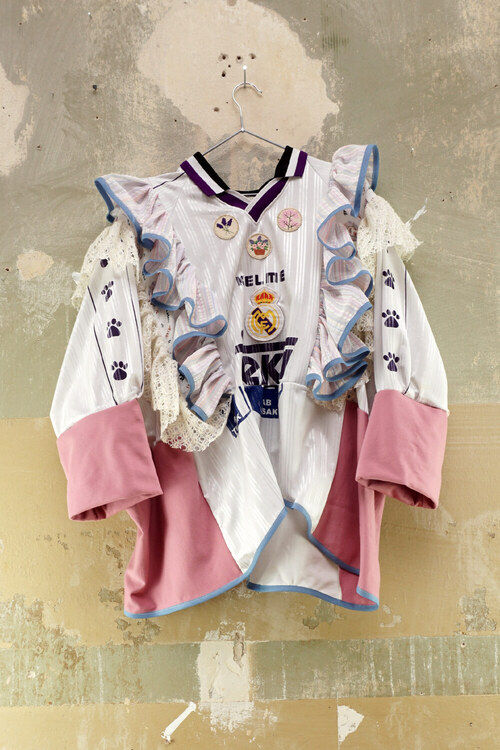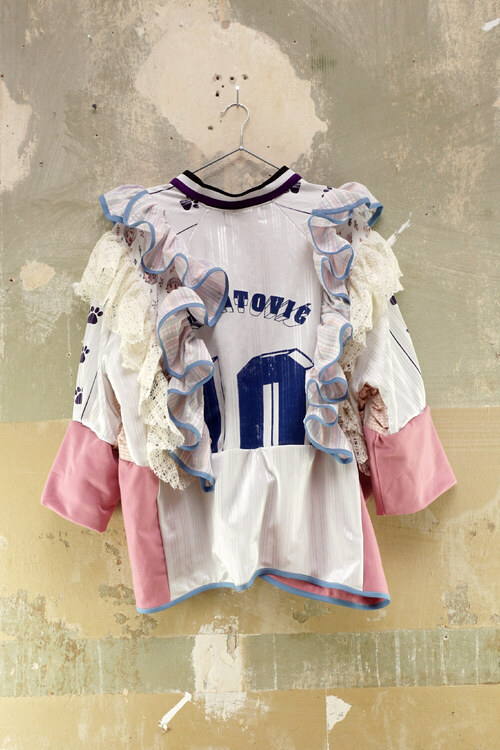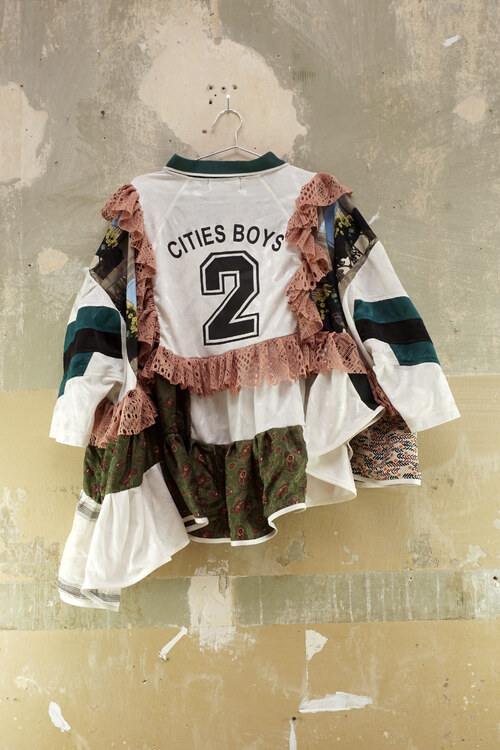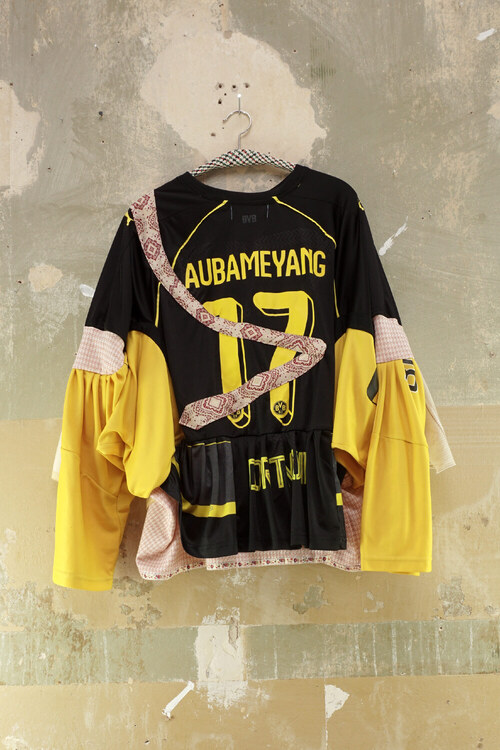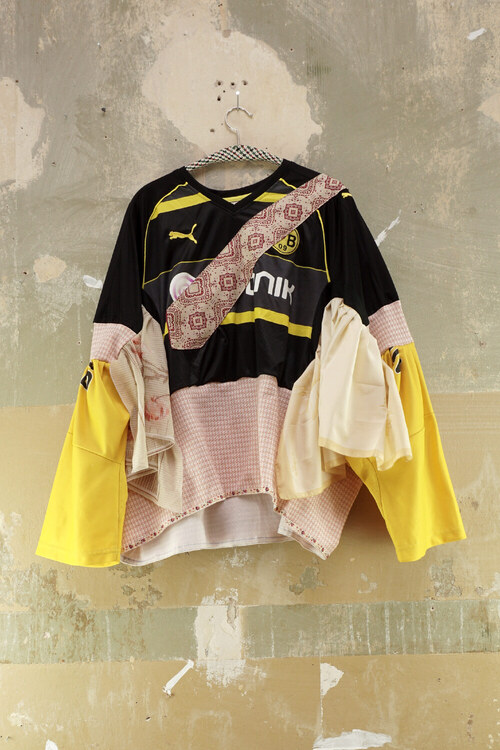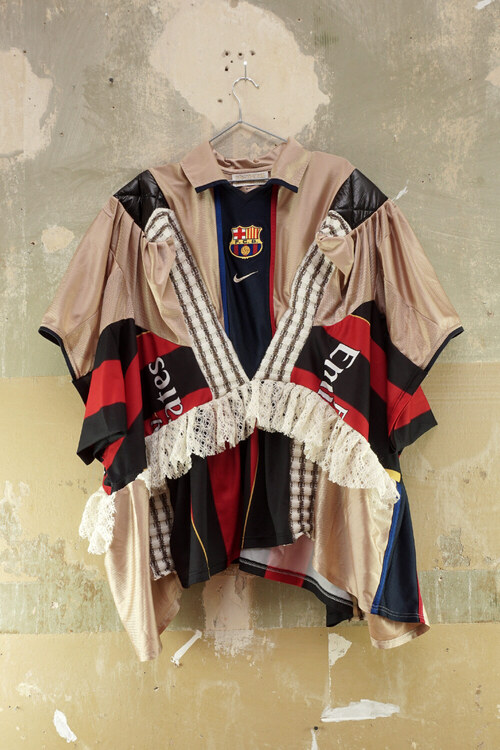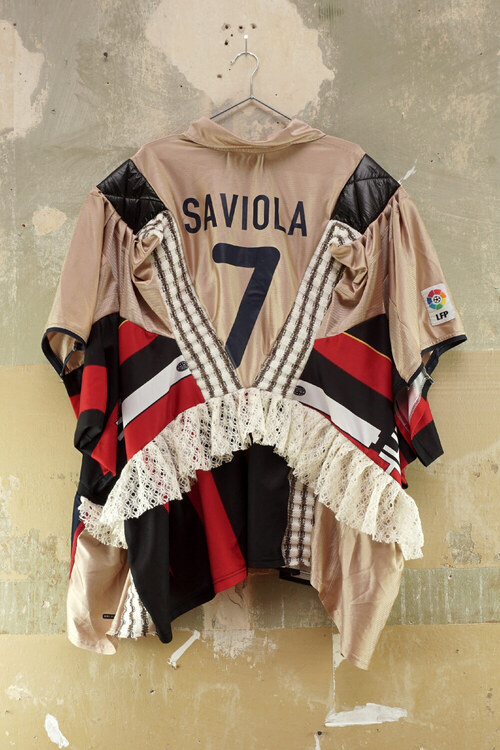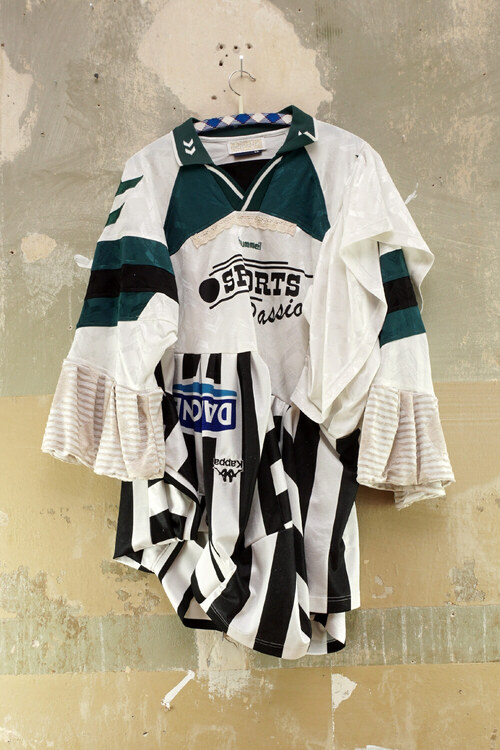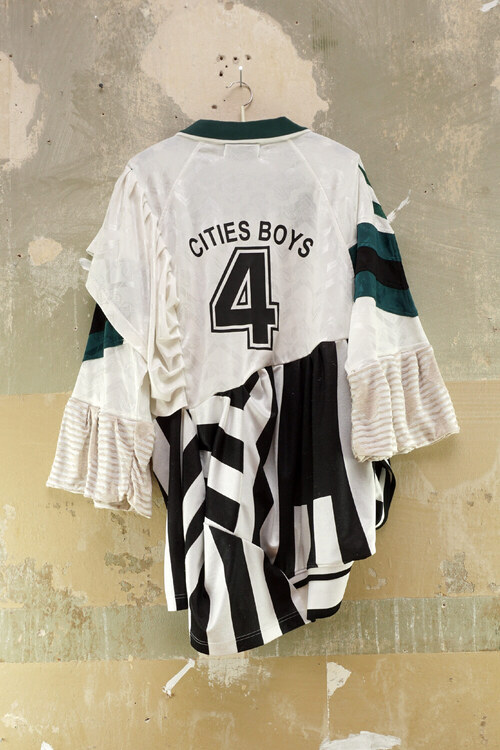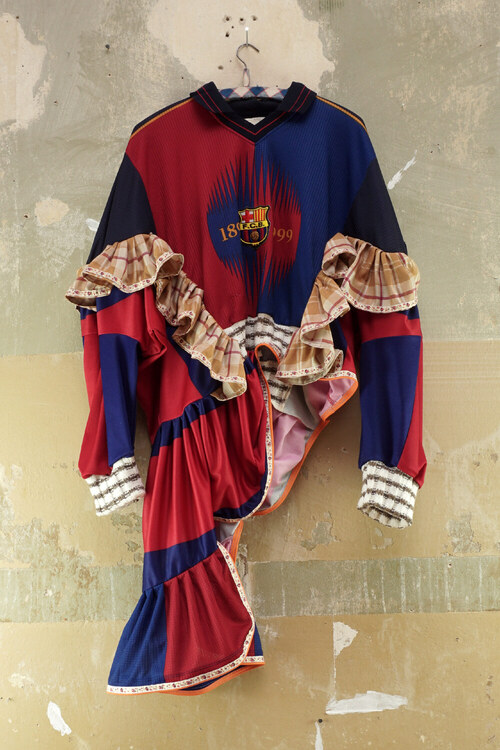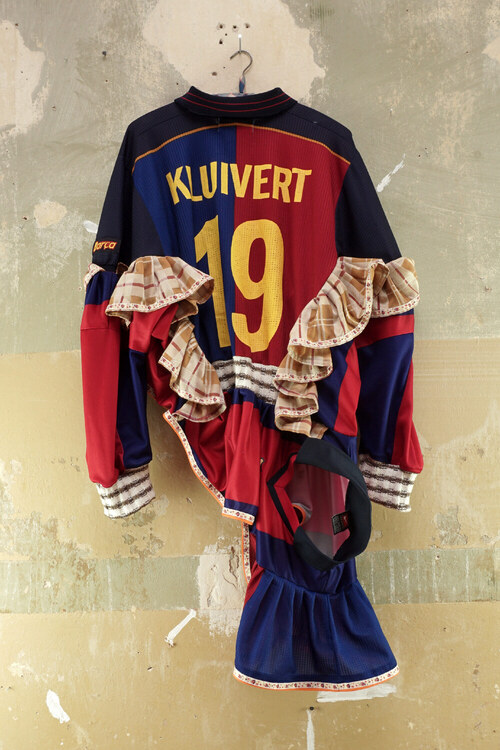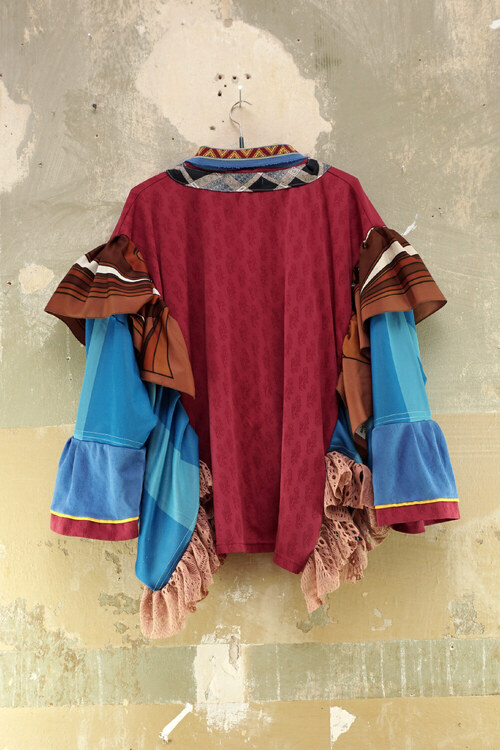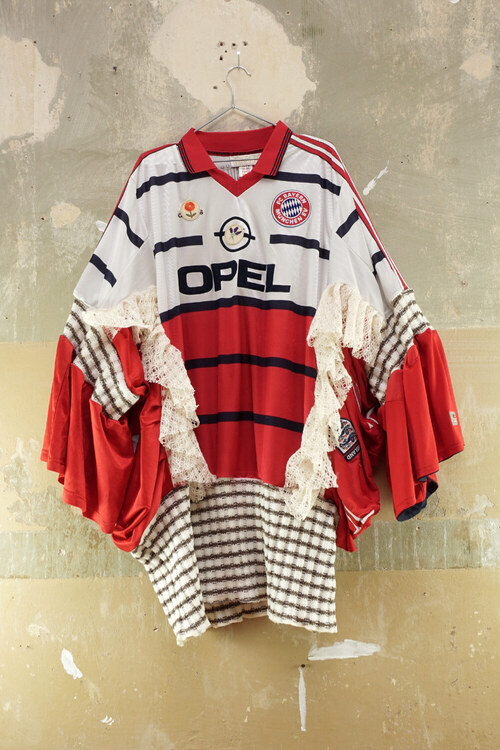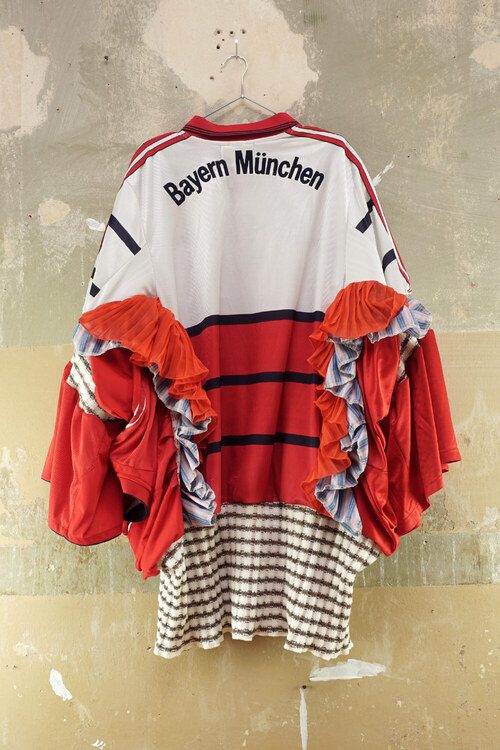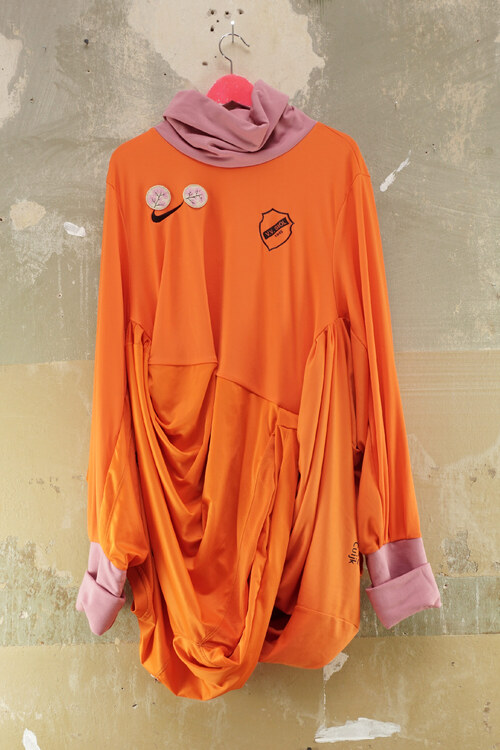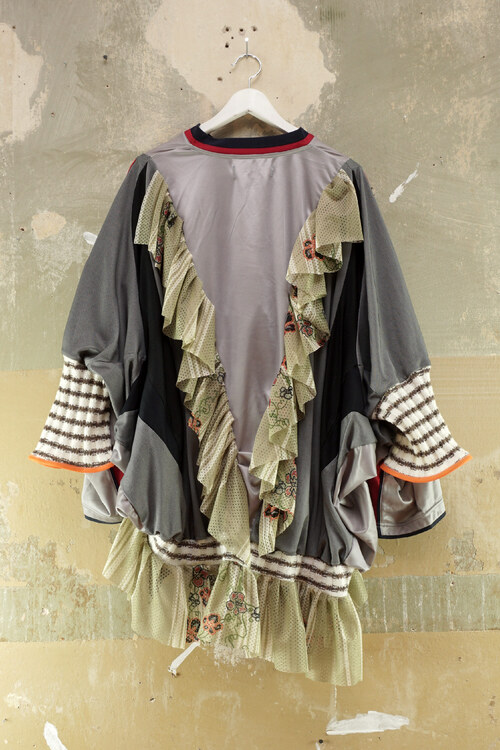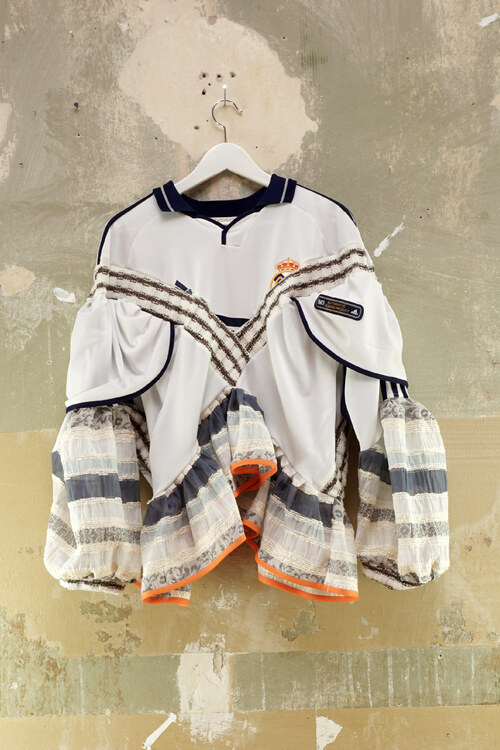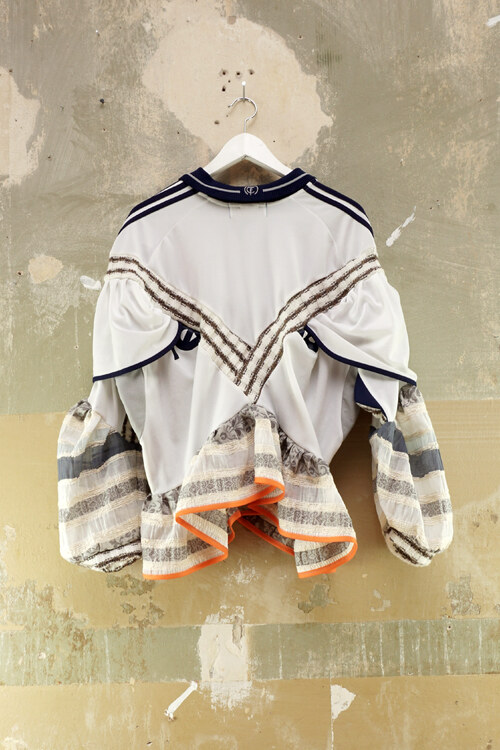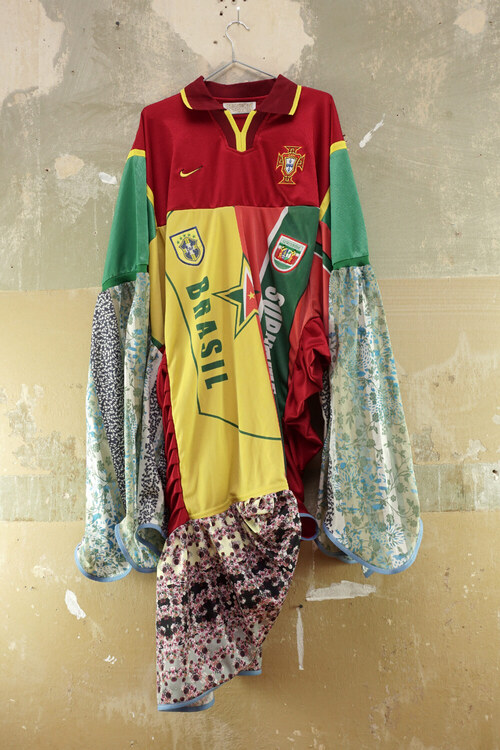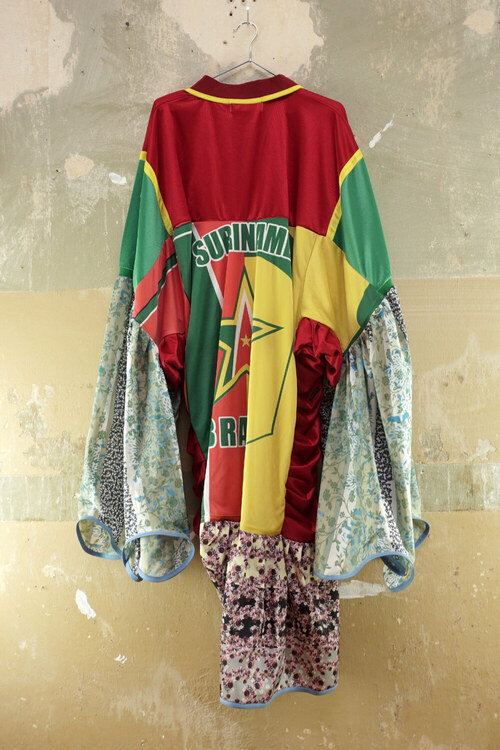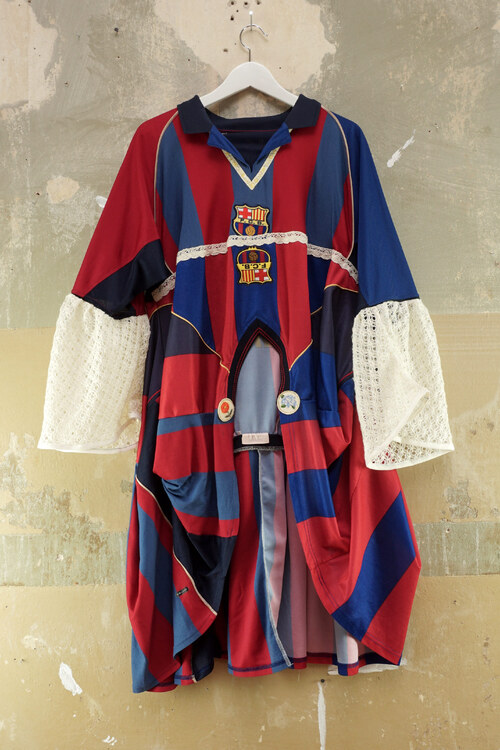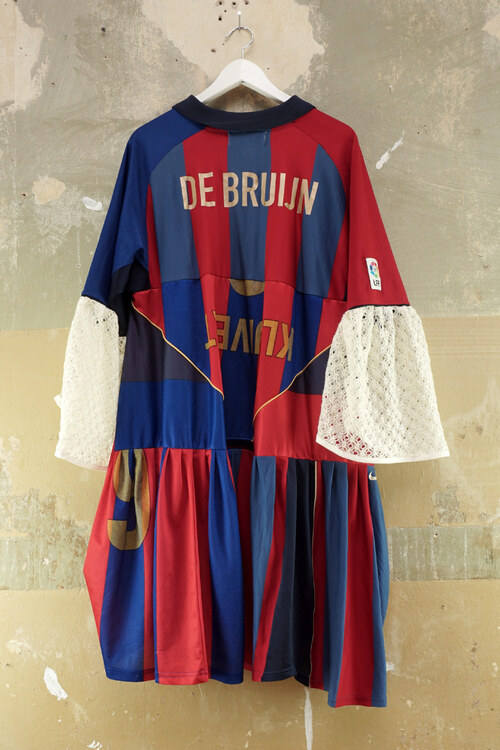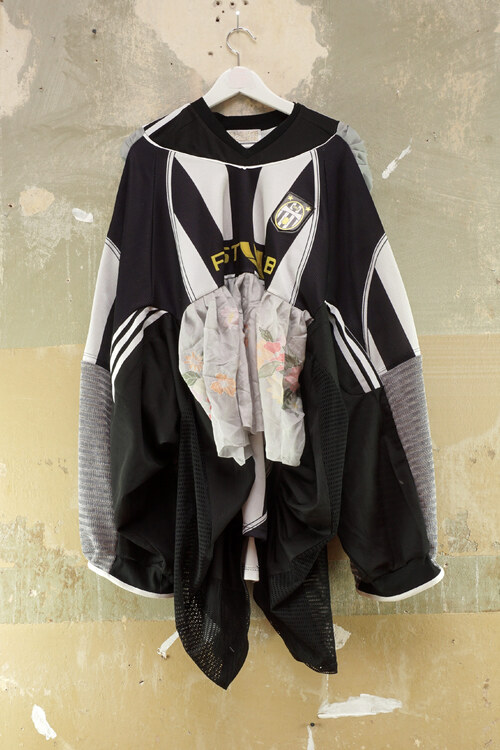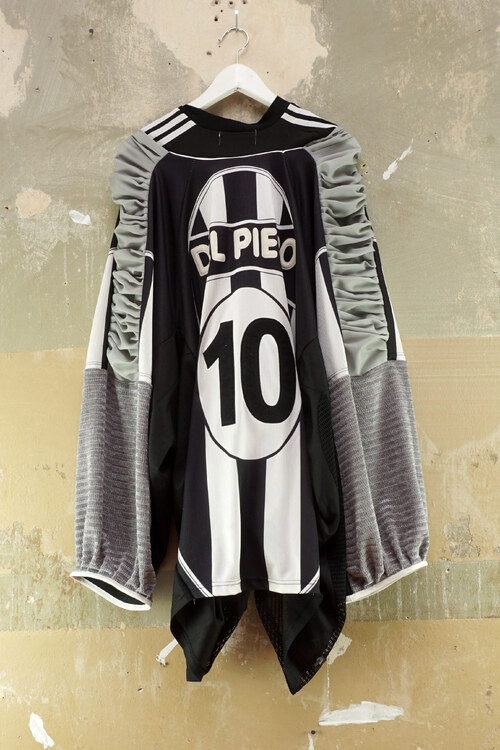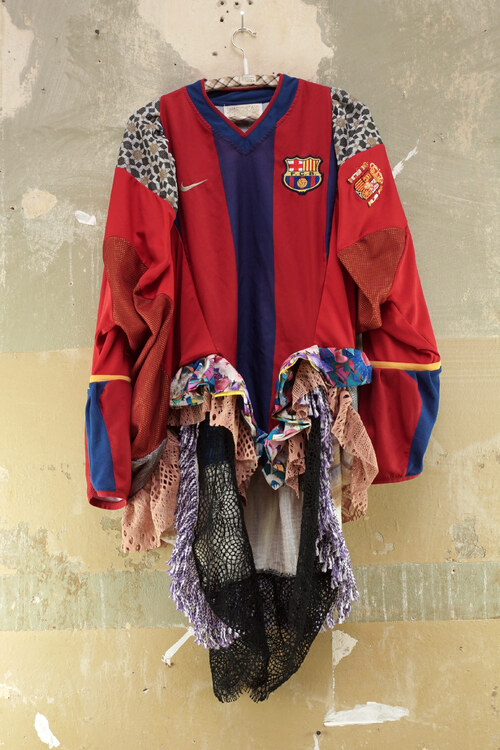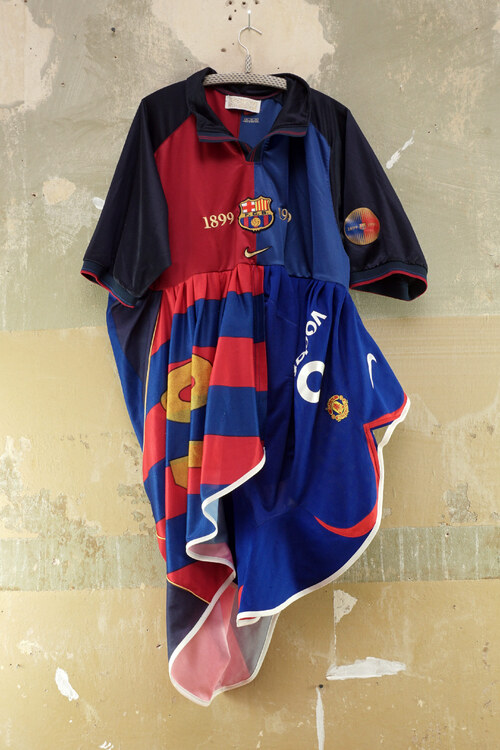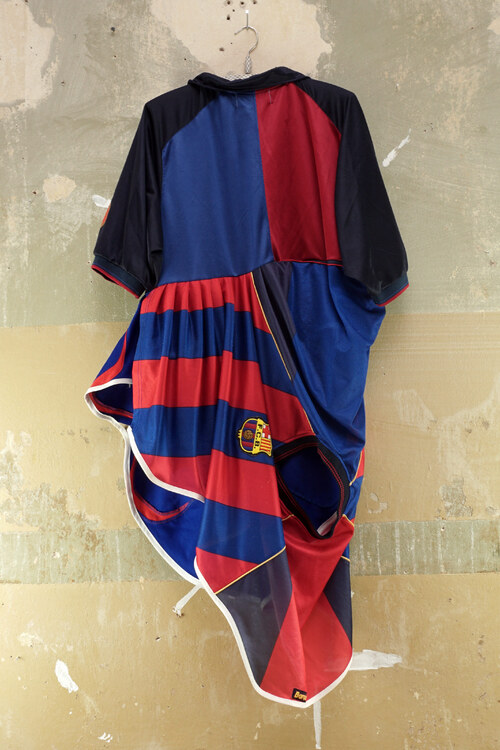Sustainable Sparkle: Tata Christiane Unveils Creative Christmas Jerseys, Upcycled from Football Jerseys for a Festive Season with Flair
Creative Christmas Jerseys by Tata Christiane: A Sustainable Celebration
Celebrate the holiday season in style with Tata Christiane’s Creative Christmas Jerseys—a delightful mini collection crafted from upcycled football jerseys. Drawing inspiration from German Christmas traditions, these jerseys pay homage to festive decorations and baubles, infusing the spirit of the season into each unique piece.
Ordered by Tokyo’s Wut store, this exclusive collection will grace the Lumine Est Center in Tokyo throughout December, adding a touch of sustainable glamour to your festive wardrobe.
Unwrapping the Past: A Bit of History and Inspiration
Delve into history as the first written mention of a Christmas tree dates back to 1521 in Alsace, recorded in a municipal register of Selestat. By the 16th century, German Christmas trees adorned with flowers and fruits, notably apples, became a tradition.
The precursor to the Christmas bauble emerged in the 19th century—a decorative blown glass ball called a Kugel. Initially used to “ward off evil spirits,” it evolved to embellish trees in the 1830s. From traditional glass to modern materials like plastic, wood, and sequins, Christmas ornaments showcase diverse craftsmanship.
Handcrafted Elegance and Upcycling
Tata Christiane’s Creative Christmas Jerseys redefine festive clothing, blending baroque aesthetics with textures ranging from wooly texture to satin’s moiré and the softness of football jersey fabric.
Featuring vintage scarves and cravatte applications, these jerseys are a sensory delight, with interventions reminiscent of Christmas garlands. Embracing the spirit of recycling, this collection transforms mass-produced football jerseys into sustainable fashion statements.
As an eco-friendly twist, consider renting a Christmas tree—a replantable option that ensures 97% survival for trees like WunderTrees, which are later planted in forests, avoiding the wasteful fate of cut trees.

